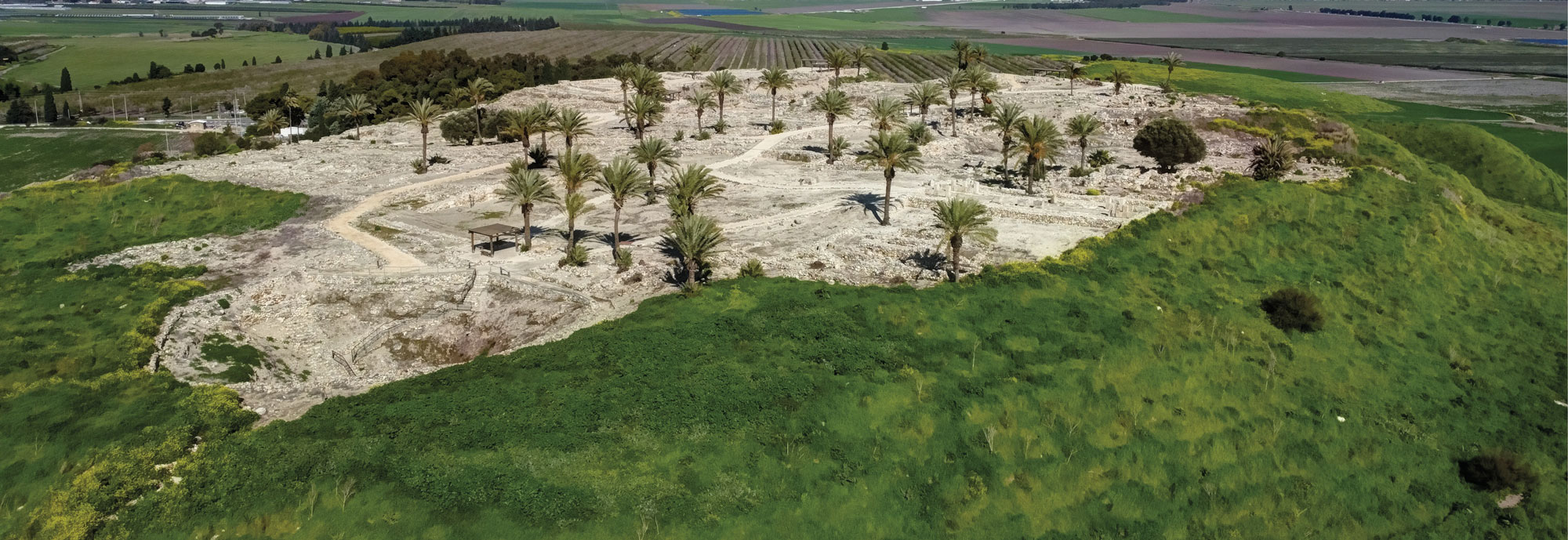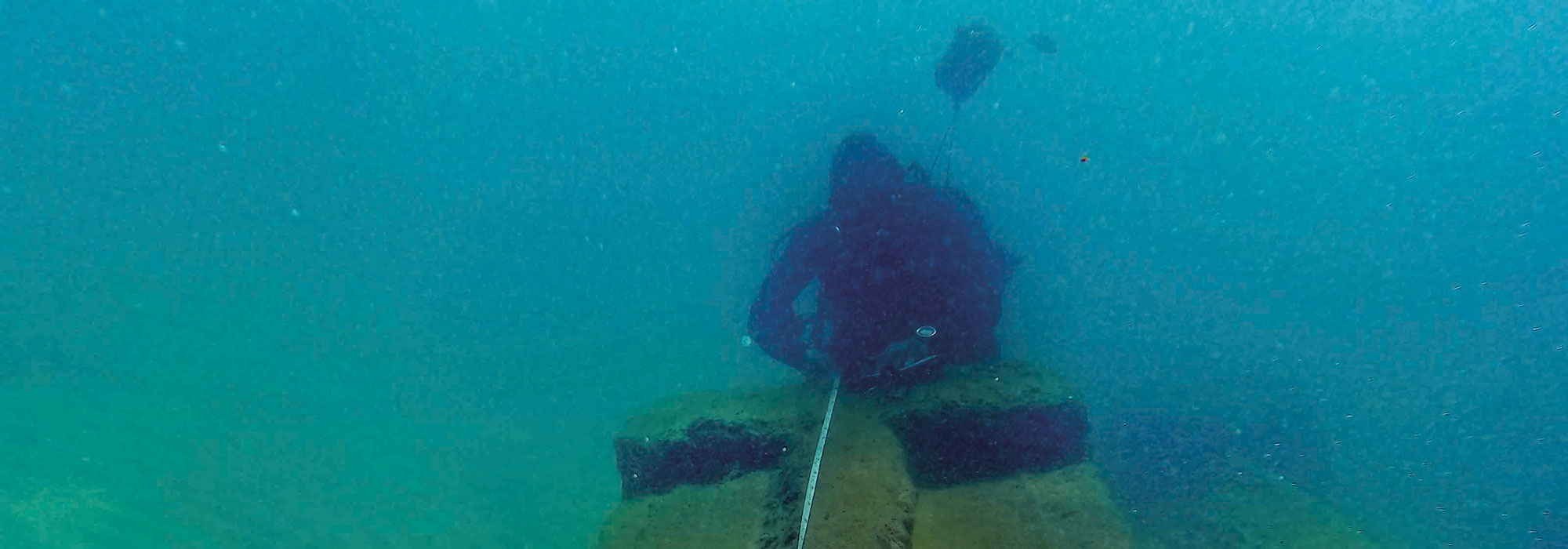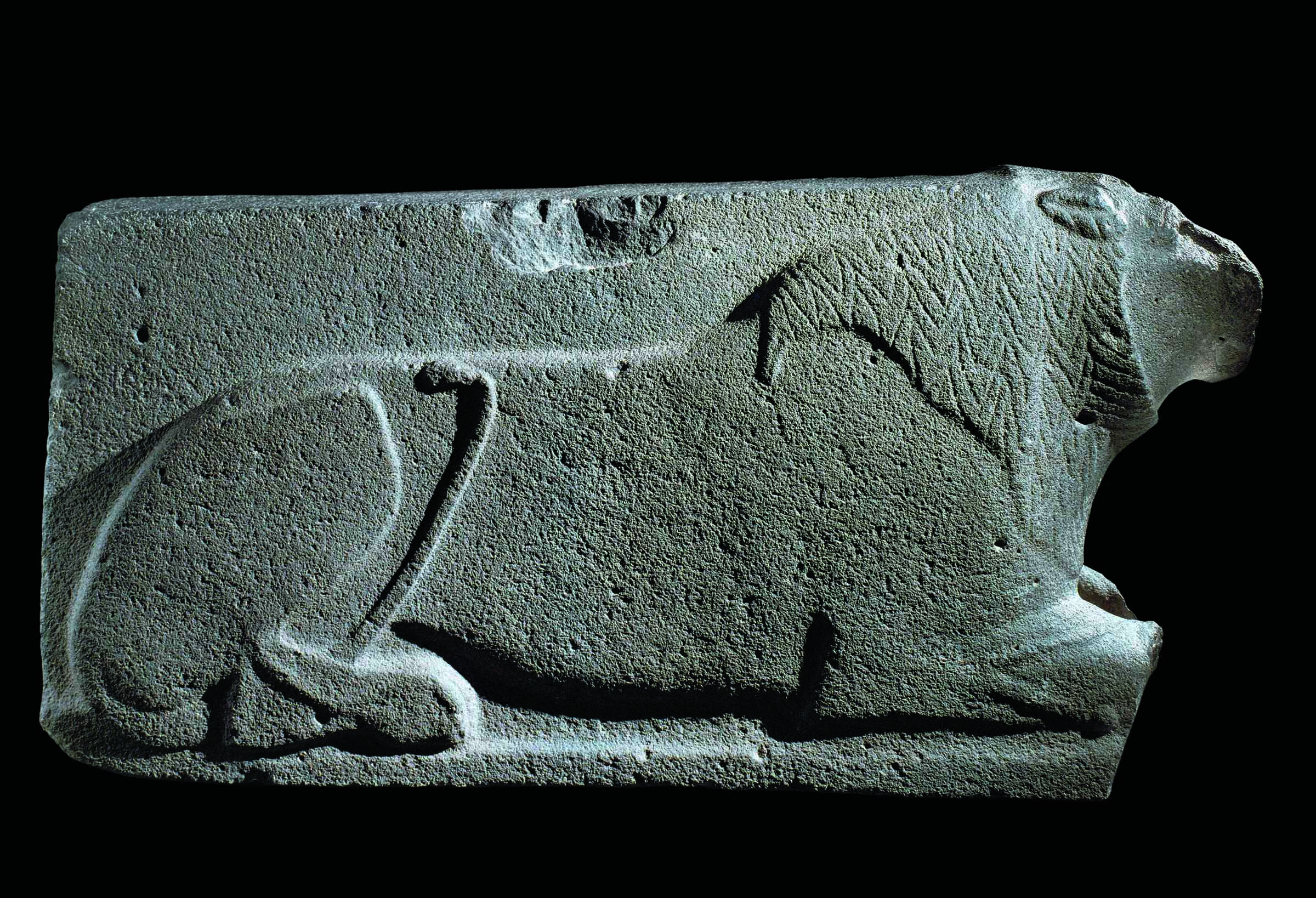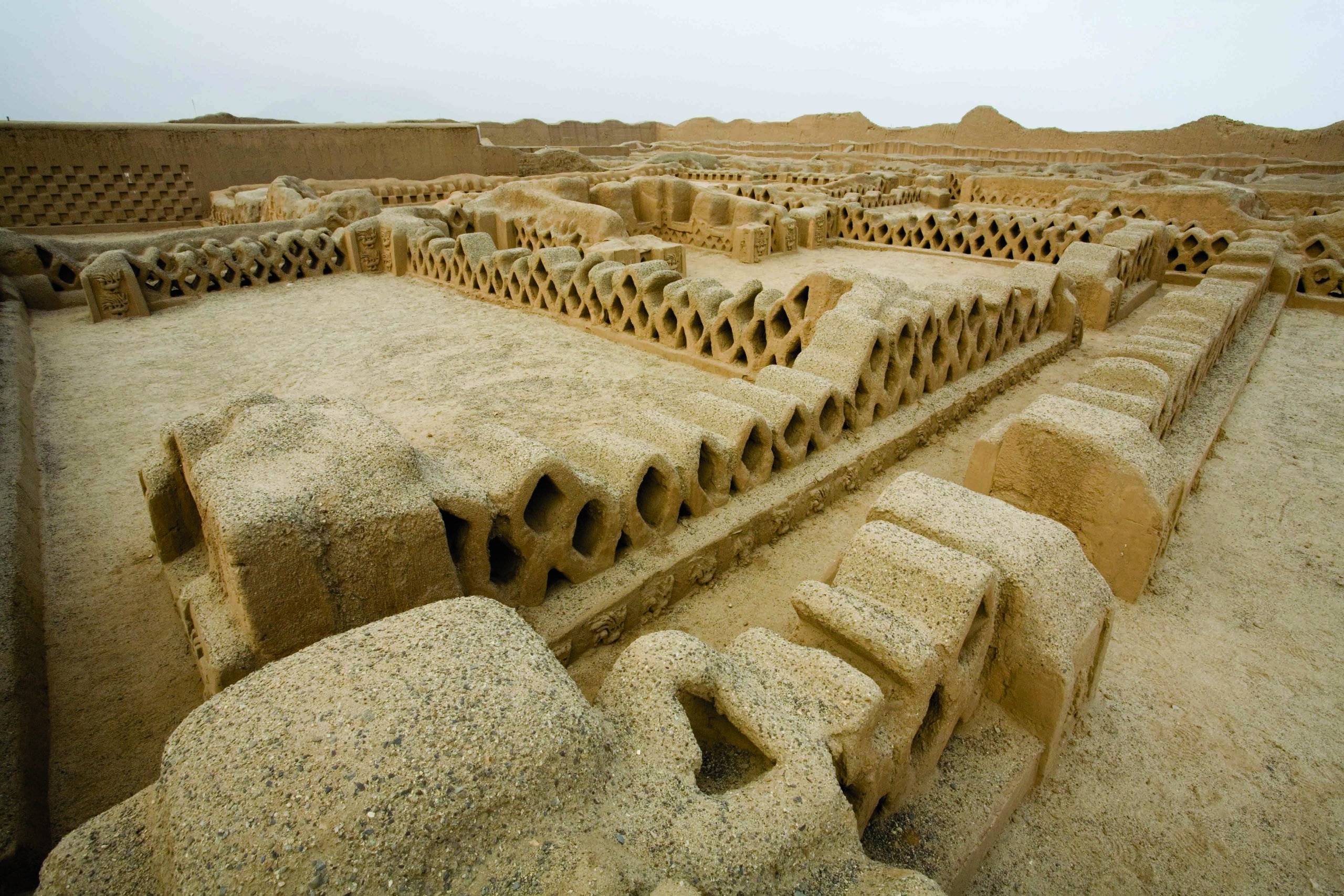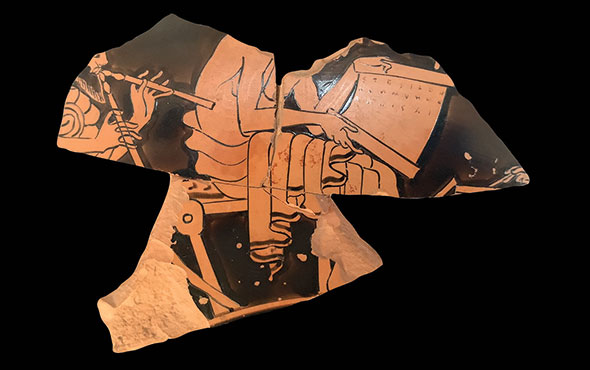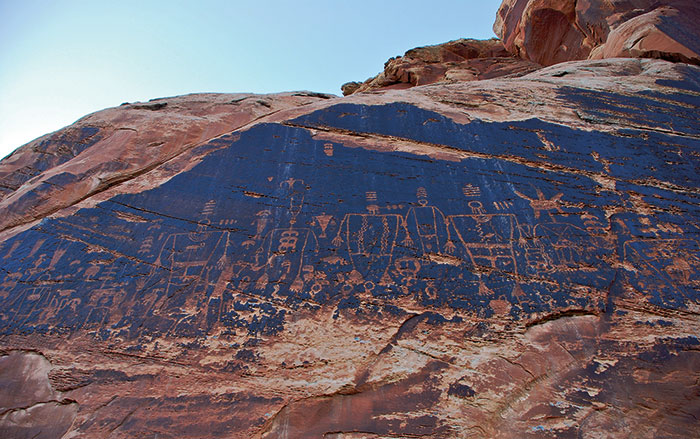
TEL AVIV, ISRAEL—According to a statement released by Tel Aviv University, a team of researchers from Tel Aviv University and Tel-Hai College used an inductively coupled plasma mass spectrometer to analyze the chemical composition of 20 hand axes from the prehistoric sites of Ma’ayan Barukh and Gesher Benot Ya’aqov, which are located in northern Israel’s Hula Valley. Occupation of Ma’ayan Barukh has been dated to about 500,000 years ago, while Gesher Benot Ya’aqov has been dated to about 750,000 years ago, suggesting that the hominin who made these tools might have been Homo erectus. Using an algorithm, the scientists then compared the composition of the hand axes with flint sources in the Safed Mountains, Ramim ridge, Golan Heights, and the Dishon Plateau, and determined that the raw materials for all of the tools in the study originated about 12 miles away, on the Dishon Plateau. Gonen Sharon of Tel-Hai College said that some 3.5 tons of flint would have been required to craft the 3,500 tools recovered from Ma’ayan Barukh alone. “At the Dishon Plateau we also found a prehistoric flint extraction and reduction complex, indicating that the place served as a flint source for hundreds of thousands of years,” explained Meir Finkel of Tel Aviv University. Read the original scholarly article about this research in Geoarchaeology. To read about other tools that Homo erectus likely fashioned, go to "The Bone Collector."



